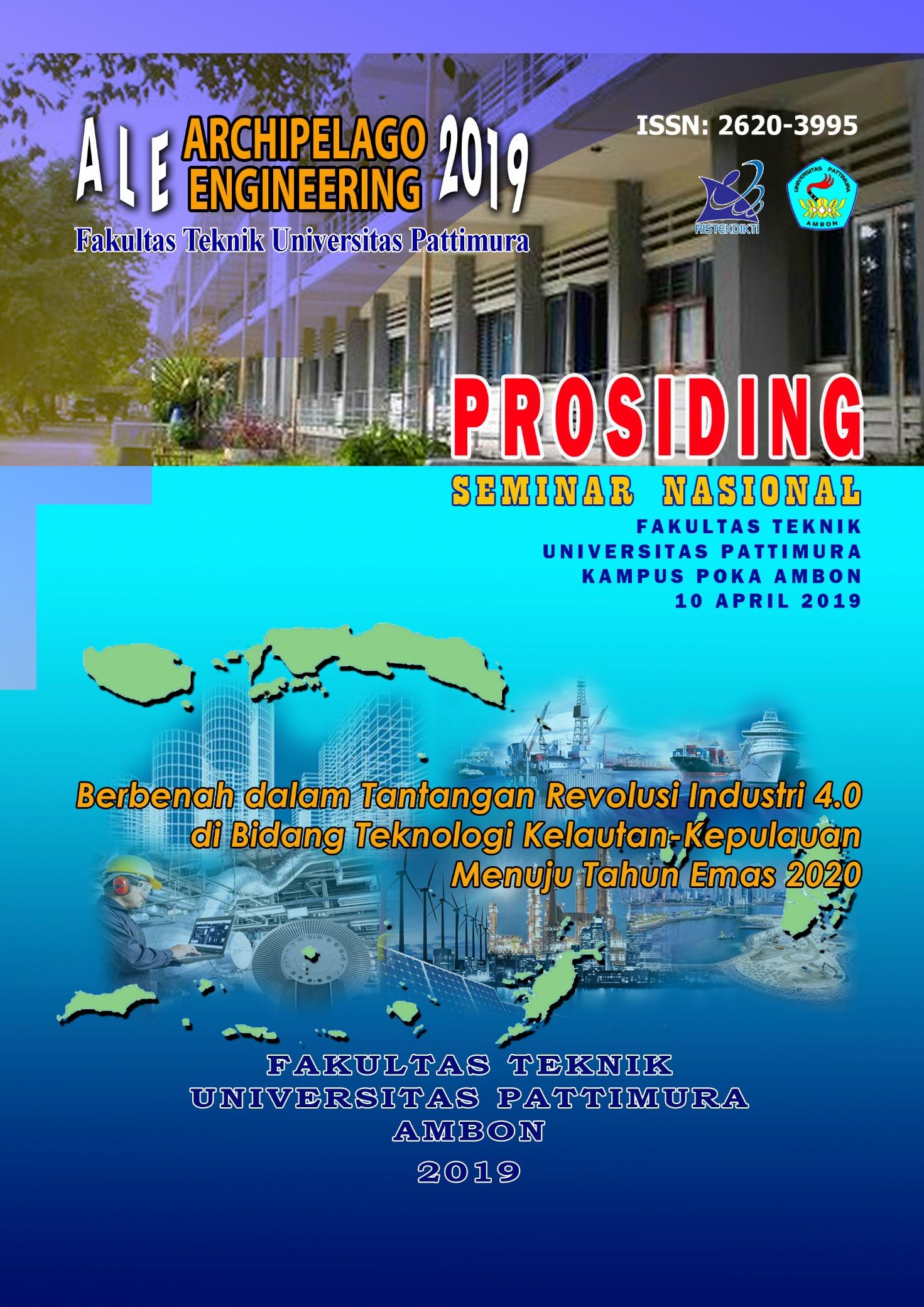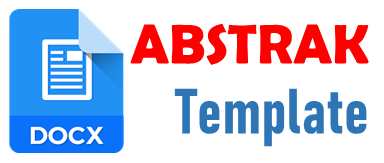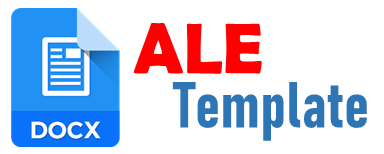ALGORITMA SIMULASI NUMERIK GETARAN DIRRECT INLINE HARMONICAL CAM FOLLOWER PADA VALVE TRAIN MANIFOLD MOTOR DIESEL
Abstract
Abstrak Penelitian ini dibuat untuk mengetahui getaran vertical direct inline dari suatu mekanisme ekivalen cam follower dengan profil cam harmonik pada suatu manifold -valve train motor diesel. Masalahnya dimulai dengan penentuan koefisien redaman viscous dan koefisien kekakuan pegas ekivalen sistem yang mana sulit ditentukan secara langsung. Oleh karena secara praktis dapat dipandang bahwa sinyal sistem adalah bersifat deterministick random process maka untuk mengatasi kesulitan ini dilakukan suatu analisa gabungan deduksi dan induksi yaitu dalam model estimasi ordinary least square (OLS) dan simulasi numerik Newton-Rhapson dengan mengacu pada data record hasil pengukuran eksperimental respon getaran yang ditunjukkan oleh sensor accelerometer. Sinyal getaran respon sistem dengan model mekanik single degree of freedom (1-dof) ini kenudian diolah baik dalam domain waktu atau domain frekuensi dengan menerapkan
Laplace Transform dan Fast Furrior Transform (FFT). Hasilnya menunjukan bahwa komputasi numerik itu dapat dibuat untuk mengetahui harga-harga koefisien redaman viscous ekivalen, koefisien kekakuan pegas ekivalen dan initial tensiom clearance ekivalen sedemikian hingga selanjutnya respon dinamik sinyal getaran sistem dapat diestimasi dengan menerapkan metode simulasi numerik Runge-Kutta order ke-empat. Algoritma hasil formulasinya dengan demikian dapat menjadi lebih general untuk menjawab berbagai persoalan amplitude getaran pada level data percepatan eksitasi ekivalen multi input multi output (MIMO) dalam berbagai variasi sistem cam-follower yang diberikan sebagaimana dimaksud.
Downloads
References
Koster M.P.,1970, Vibration of Cam Mechanism, Macmillan, London.
Rothbart Harold A., 2004, Cam Design Handbook, McGraw-Hill, New York
An author who publishes in the ALE Proceeding agrees to the following terms:
- Author retains the copyright and grants ALE Proceeding the right of first publication of the work simultaneously licensed under the Creative Commons Attribution-ShareAlike 4.0 License that allows others to share the work with an acknowledgment of the work's authorship and initial publication in this journal.
- Author is able to enter into separate, additional contractual arrangements for the non-exclusive distribution of the journal's published version of the work (e.g., post it to an institutional repository or publish it in a book) with the acknowledgment of its initial publication in this journal.
- Author is permitted and encouraged to post his/her work online (e.g., in institutional repositories or on their website) prior to and during the submission process, as it can lead to productive exchanges, as well as earlier and greater citation of the published work (See The Effect of Open Access).
Read more about the Creative Commons Attribution-ShareAlike 4.0 Licence here: https://creativecommons.org/licenses/by-sa/4.0/.






